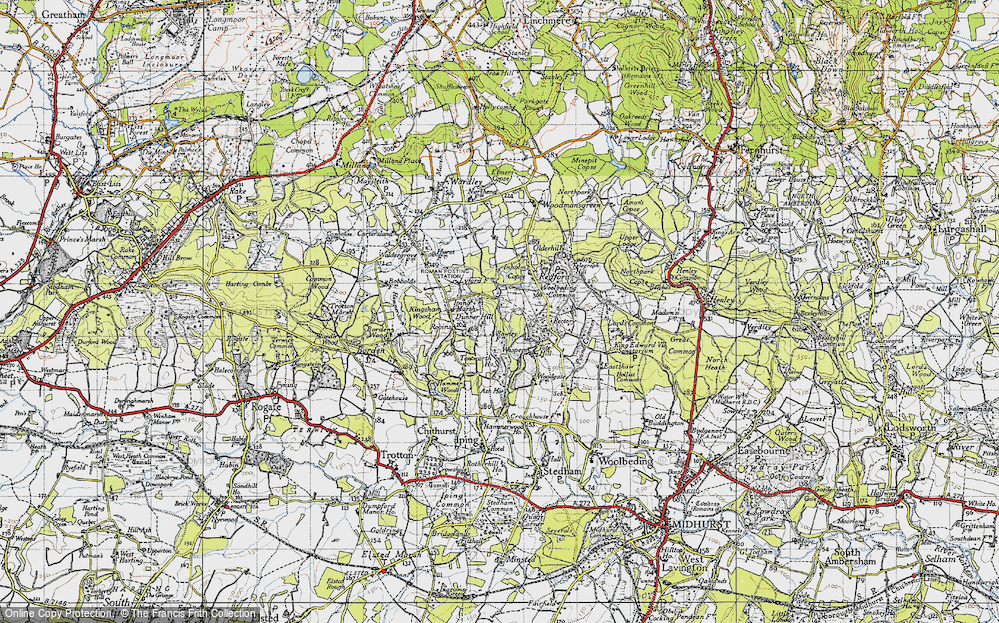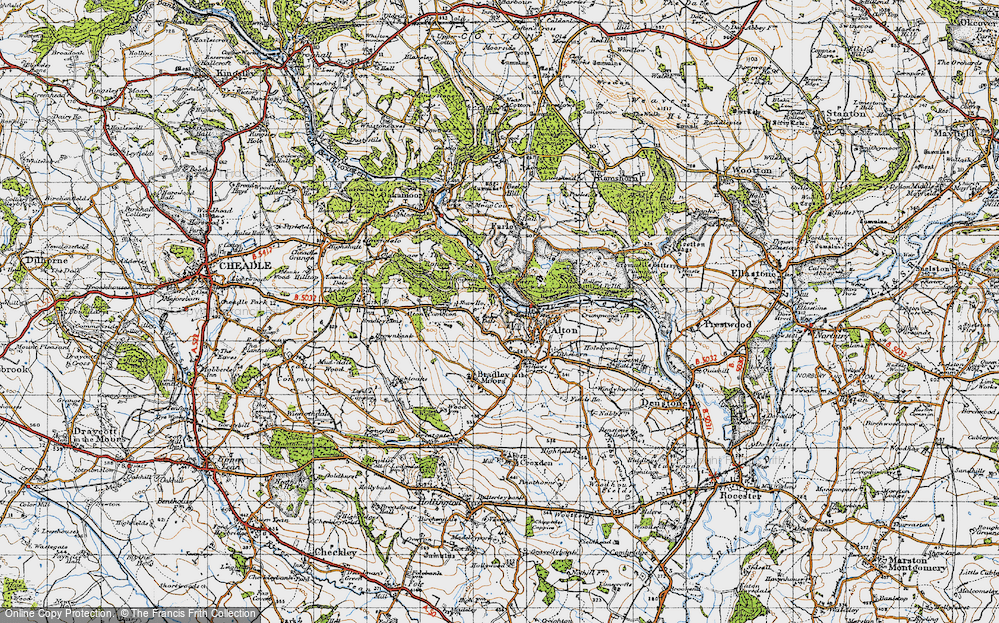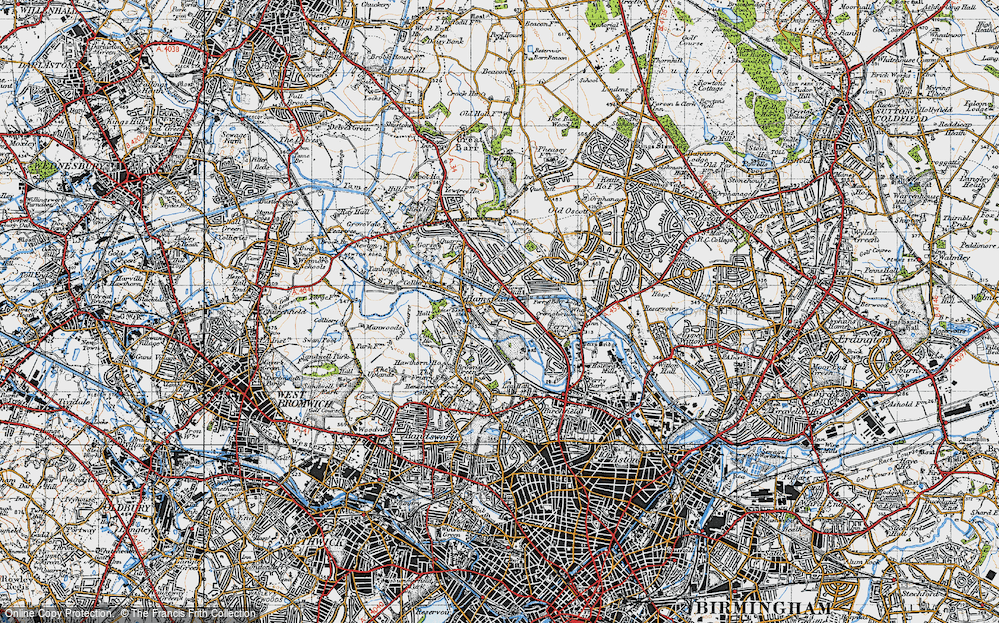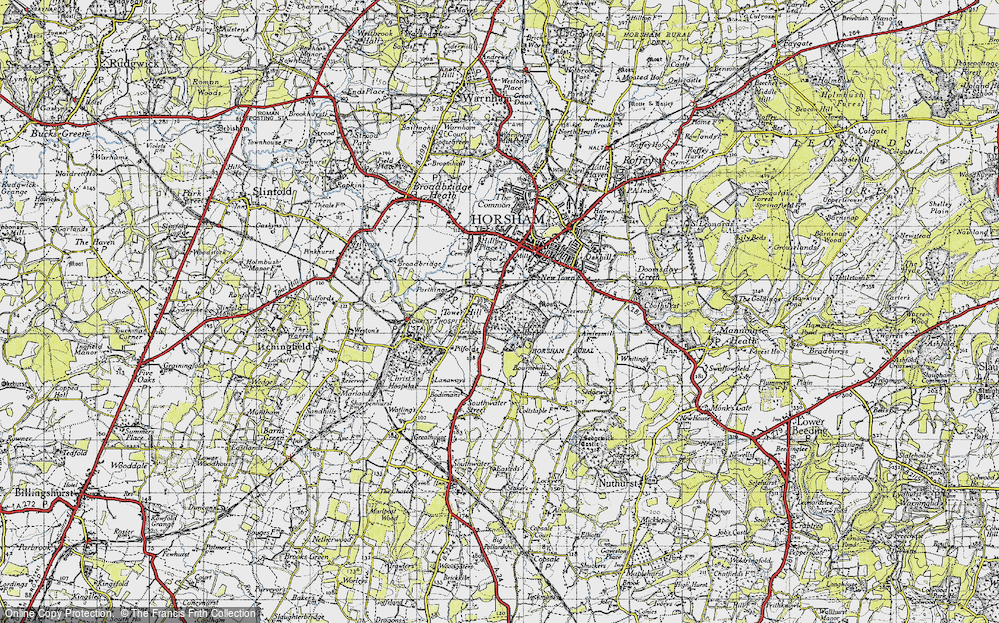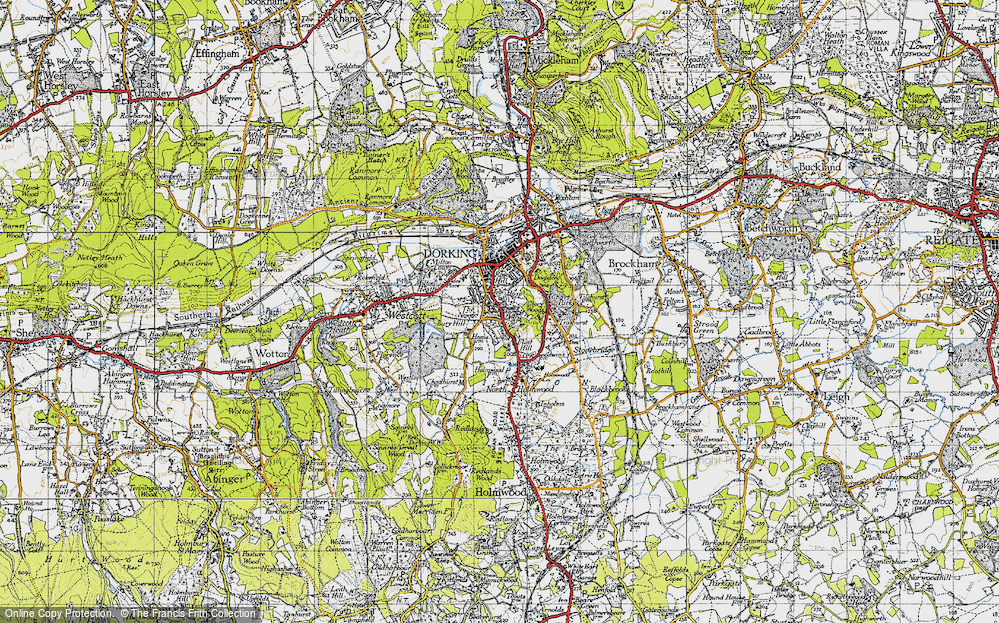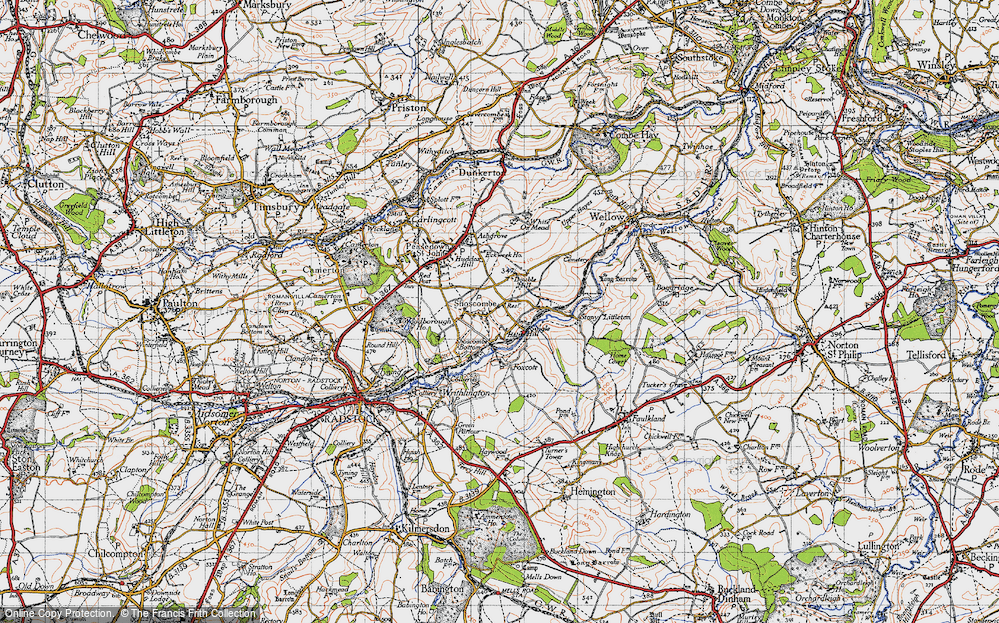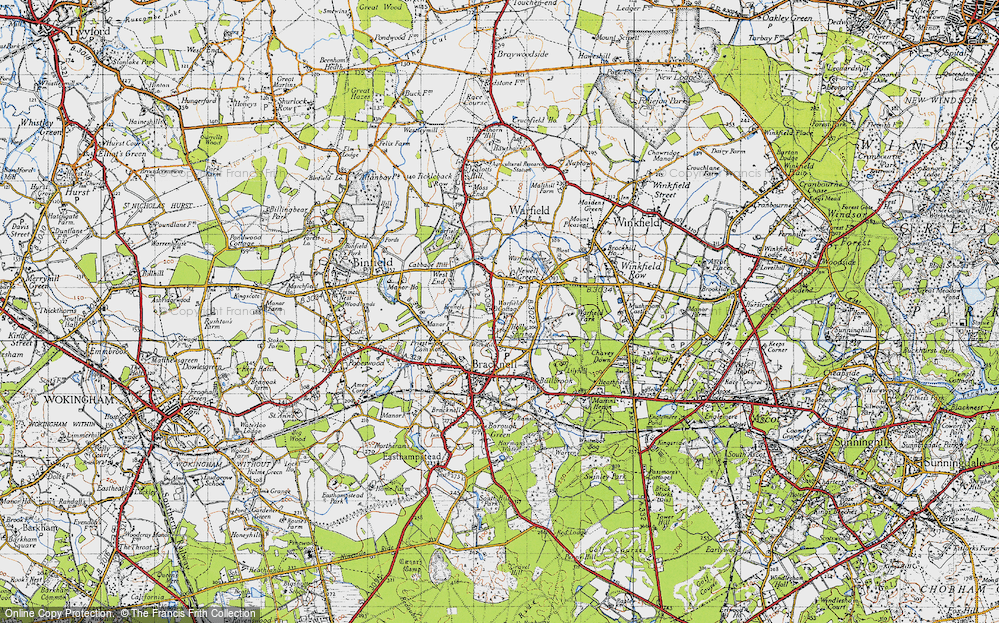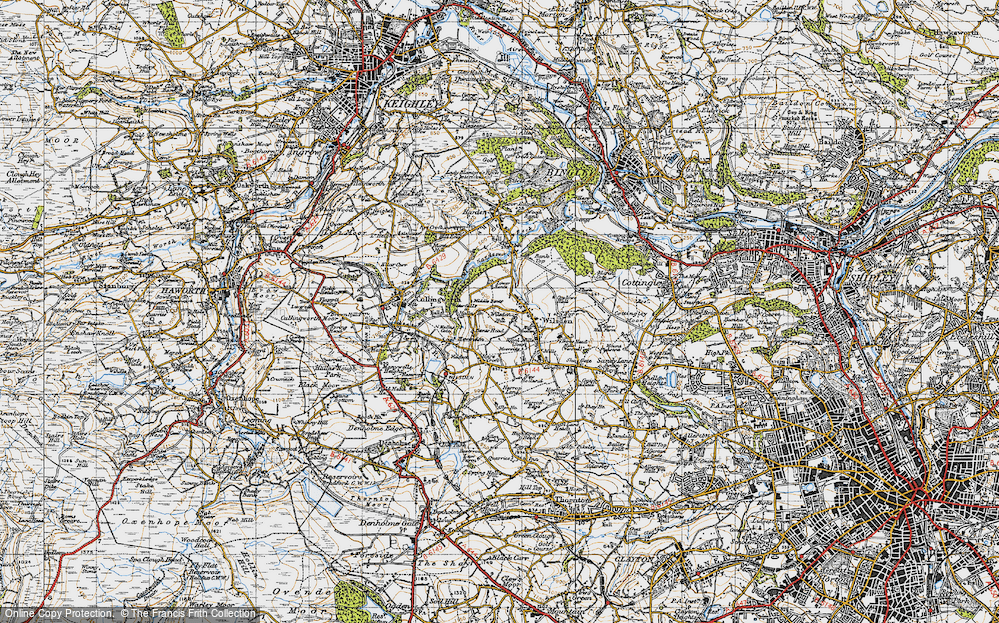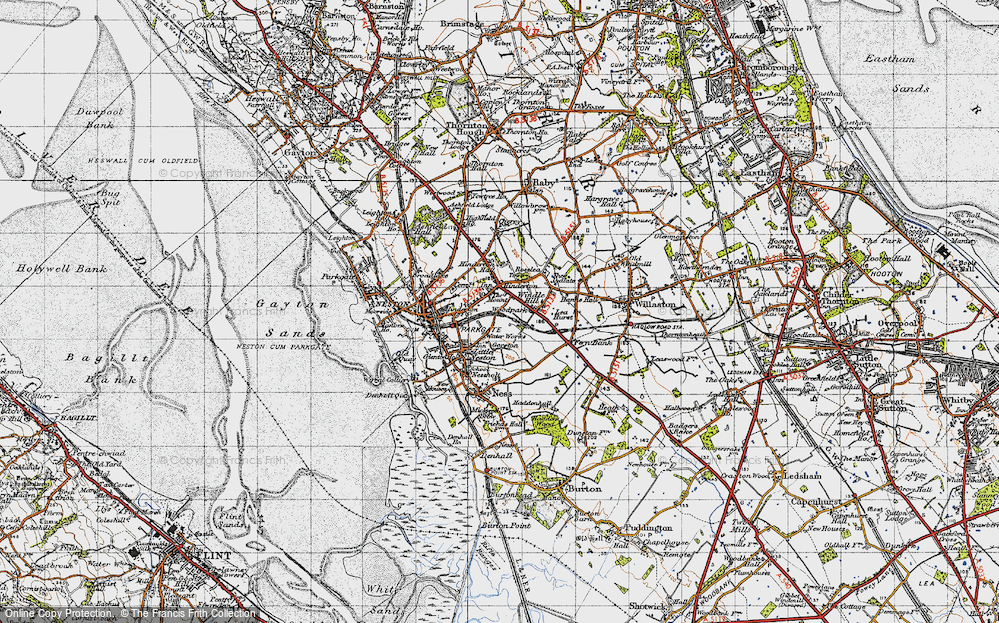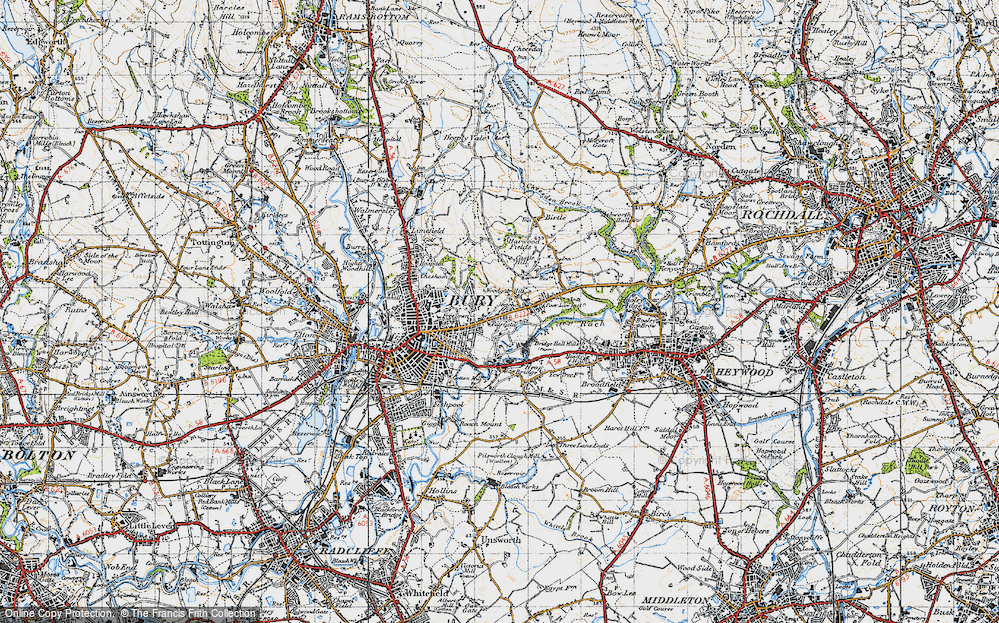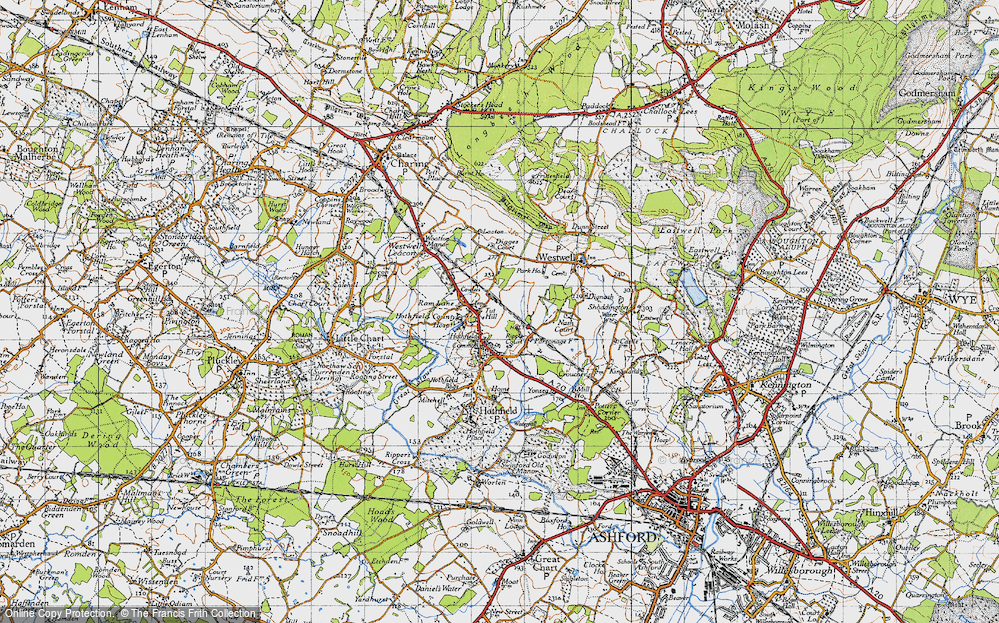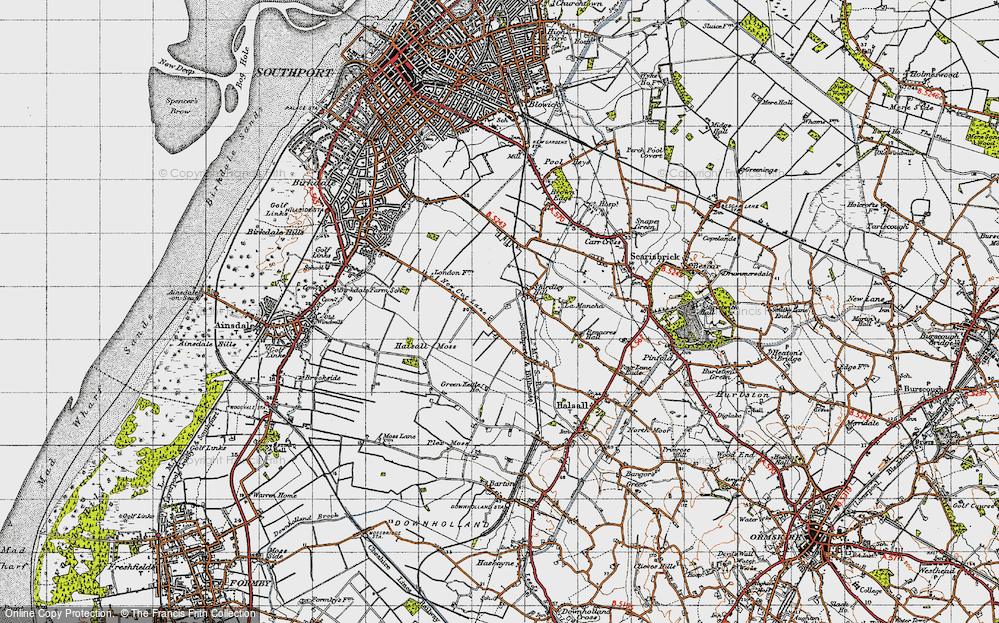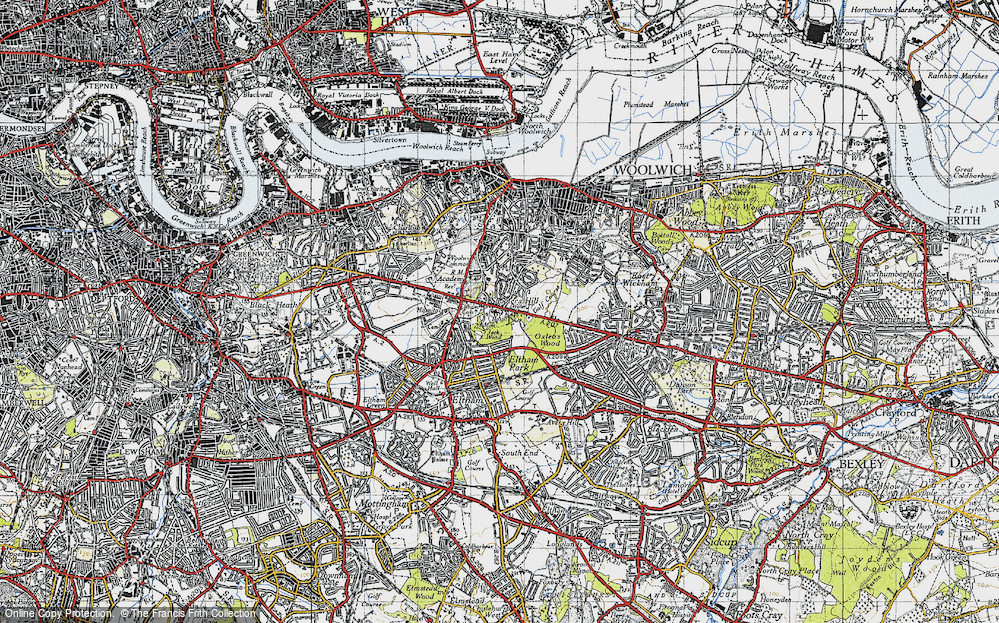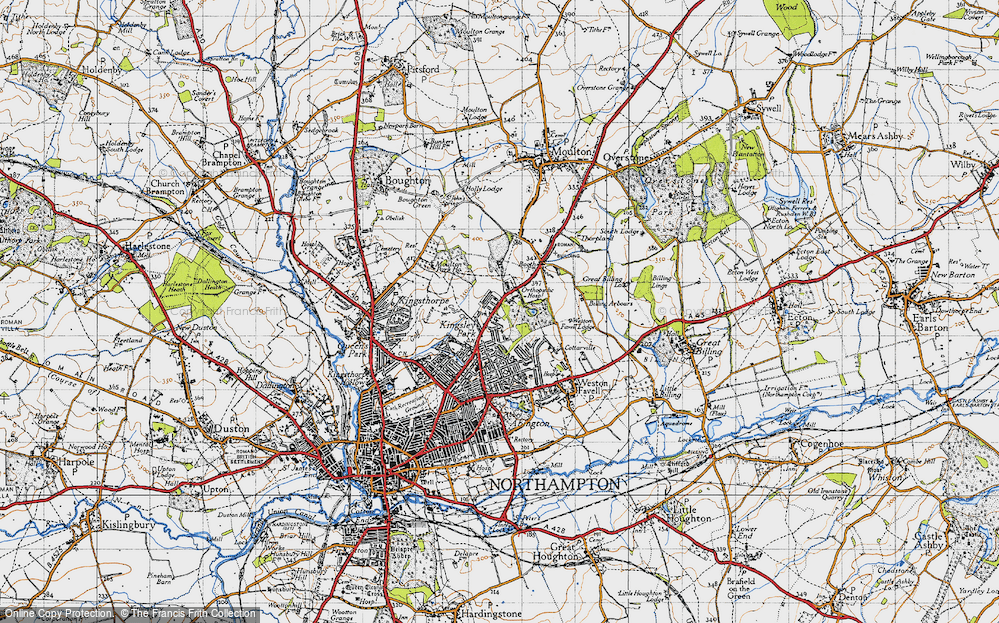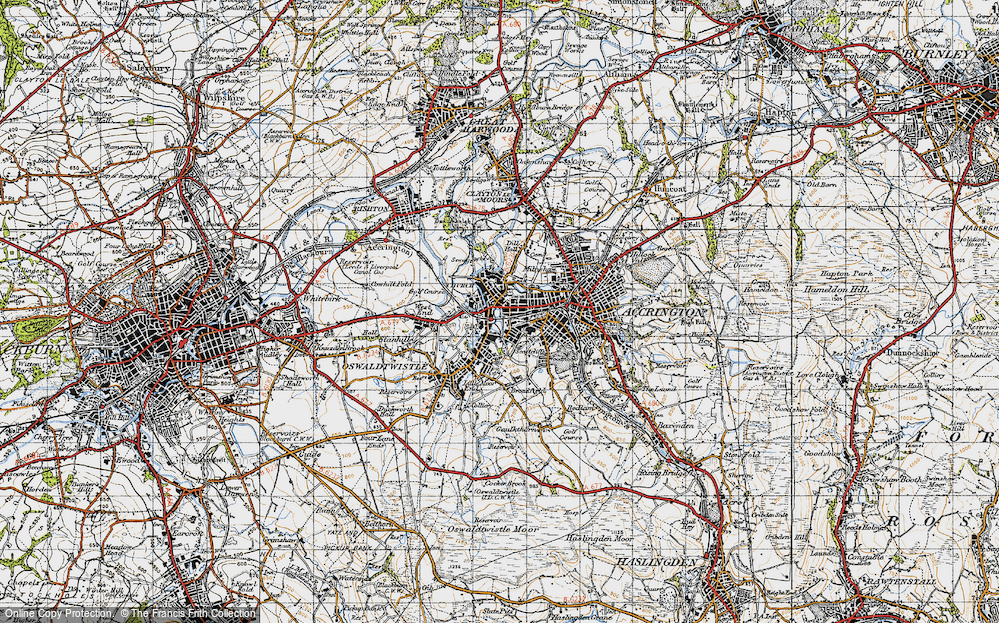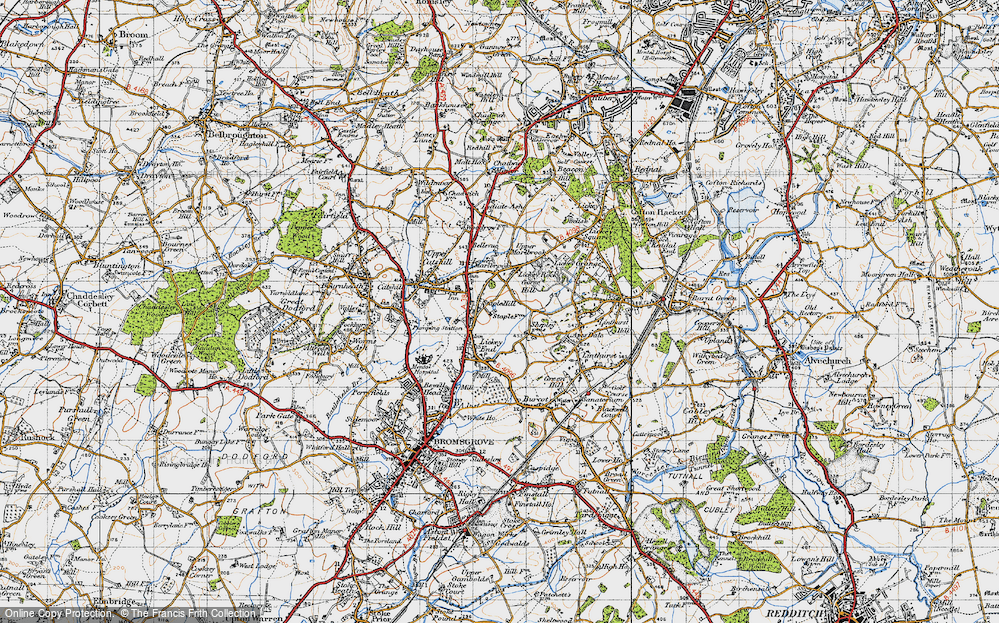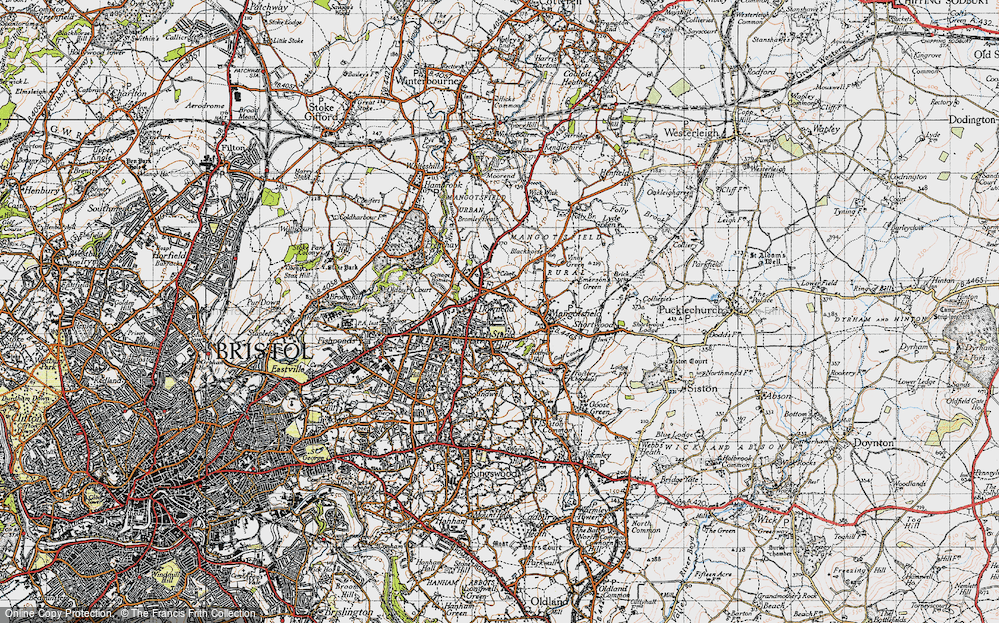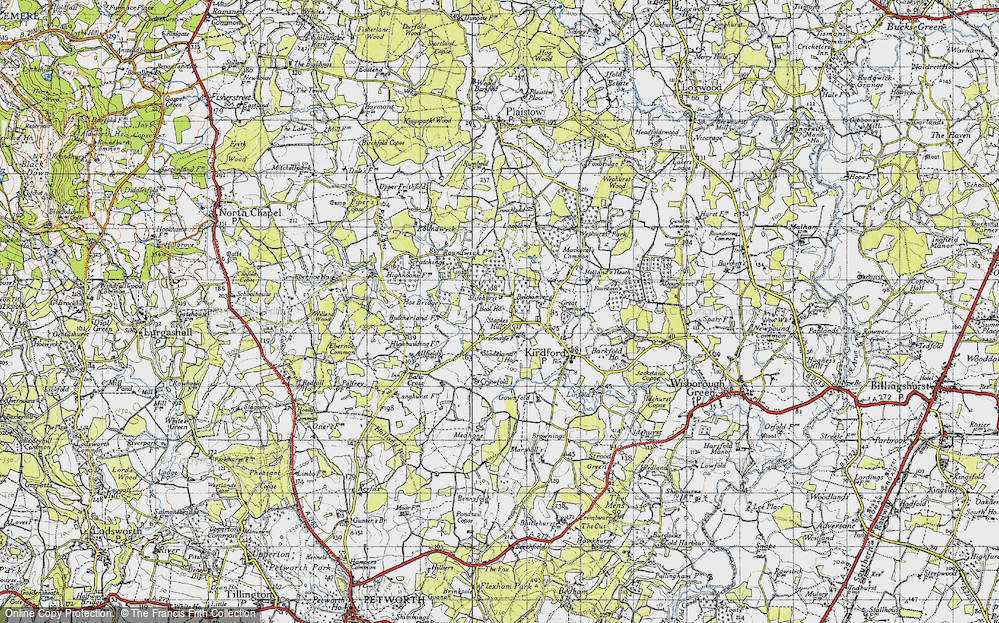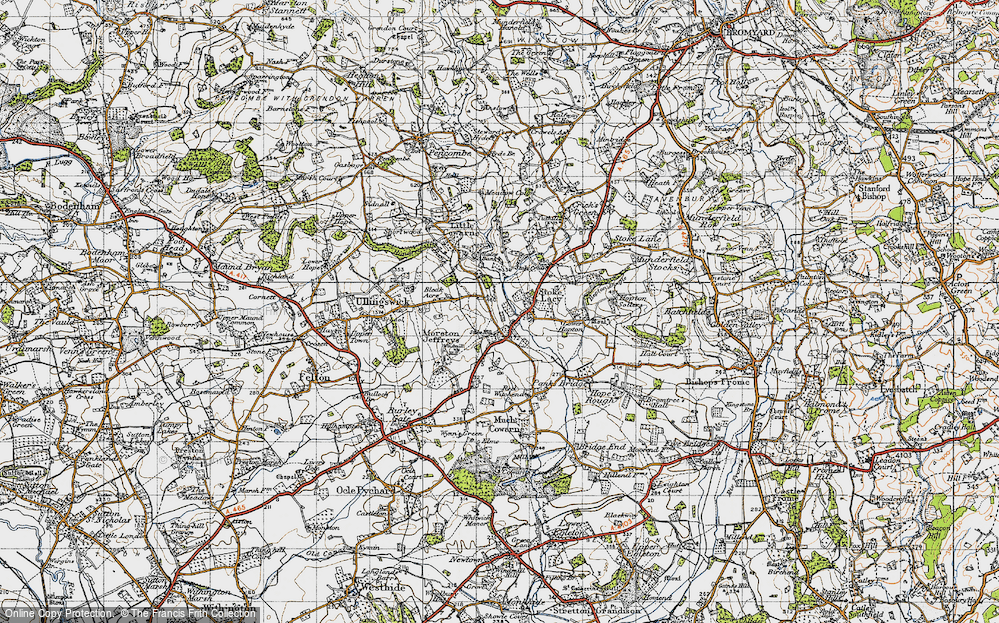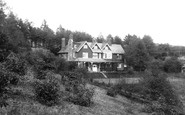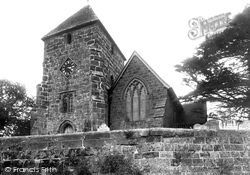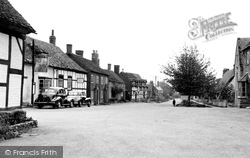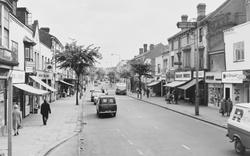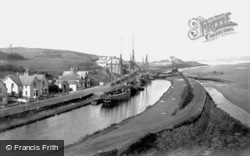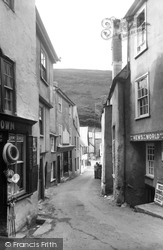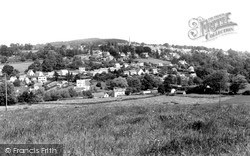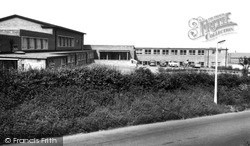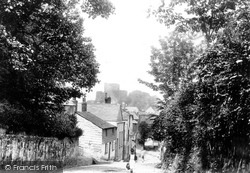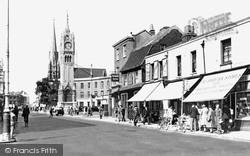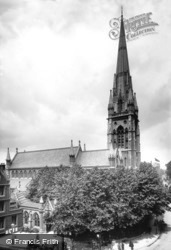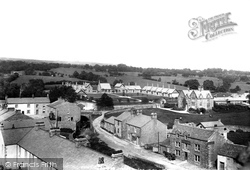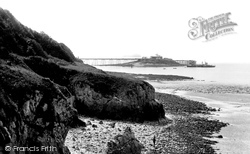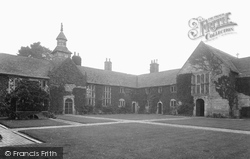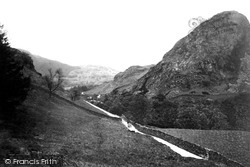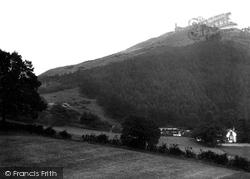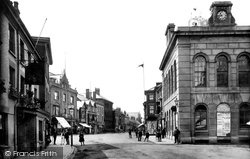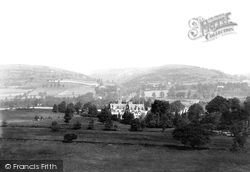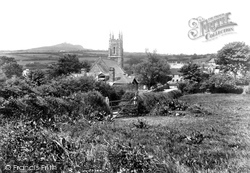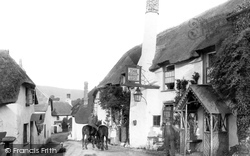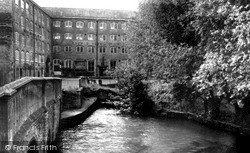Places
19 places found.
Those places high-lighted have photos. All locations may have maps, books and memories.
- Hill of Mountblairy, Grampian
- Hill of Banchory, Grampian
- Hill of Fearn, Highlands
- Rocky Hill, Isles of Scilly
- Hill of Beath, Fife (near Dunfermline)
- Hill of Drip, Central Scotland
- Hunny Hill, Isle of Wight
- Quarr Hill, Isle of Wight
- Quine's Hill, Isle of Man
- Kite Hill, Isle of Wight
- Broom Hill, Avon
- Merry Hill, West Midlands
- Rose Hill, Derbyshire
- Cinder Hill, West Midlands
- Barton Hill, Avon
- Spring Hill, West Midlands
- Golden Hill, Avon
- West Hill, Yorkshire
- Oak Hill, Staffordshire
Photos
2 photos found. Showing results 821 to 2.
Maps
4,410 maps found.
Books
3 books found. Showing results 985 to 3.
Memories
3,576 memories found. Showing results 411 to 420.
Pit Village In My Youth
My name is Ken Orton and I lived in Thornley from 1947 until 1974, the year I married. I was born in Shadforth but my parents moved from there to Thornley when I was about one month old. We lived at 72, Thornlaw North until ...Read more
A memory of Thornley by
Outdoor Swimming Pool C1965
My dad was in the RAF and this was my first secondary school after leaving Feltwell junior school. It was the best school I ever attended. But for injury I narrowly missed getting the Victor Ludorum (sorry if spelling ...Read more
A memory of Methwold in 1965 by
May To December Filming
Does anyone remember the name of the greengrocer's shop in Northwood Hills that was used as a location in the TV series 'May to December'? Also, whereabouts the shop was?
A memory of Northwood by
An Evacuee During Ww11
Packed off to Lostwithiel in the train from Paddington and found myself living in the Black Prince's Castle - Restormal. Well not quite, the farm on the Estate. I was baptised in St Winnow C.of E Church as part of our ...Read more
A memory of Lostwithiel in 1930 by
Terrified By White Masses
Hi I was taken to the upper Rhondda valley (Tynewydd) by my mother in 1940 , I was some 9 yrs old. I went to school both primary and secondary (Treherbert boys school). I had lots of cousins. Myself and my cousin ...Read more
A memory of Blaengwynfi in 1940 by
The Original Grove Hotel In Stapenhill
When I was about 4 years old in 1948 my Auntie Jess and Uncle Albert (Haynes) ran the Grove Hotel at Stapenhill. It was the original one, not the one which is there now. It was a really lovely old ...Read more
A memory of Stapenhill in 1948 by
'goldcrest' On The A 287
I was evacuated from Battersea, South London, in 1944 to a large house named 'Goldcrest' on the Hindhead Road not far from Beacon Hill and have some happy memories of that time although as it was wartime everything seemed ...Read more
A memory of Hindhead in 1944 by
Growing Up In Woolton
My family from many generations back have liven in Woolton and Gateacre. I grew up in a house opposite the English Rose pub and went to Out Lane primary school. We spent our summer days playing in the orchard by Watergate ...Read more
A memory of Woolton by
Evacuee
I was evacuated to Cwmllynfell and lived in Railway Road with Uncle Tom and Aunt Alice. Uncle Tom was manager of a local Co-op. Next door lived Vincent, a miner, with his parents. I have happy memories of walks in the hills, ...Read more
A memory of Cwmllynfell in 1943 by
Fond Memories Of Clare
I was with the RAF stationed at Stradishall and only just married and searched for a place to live at Clare. Coming from London I found the pace of life was in a much lower gear than I had been used too but it did not take me ...Read more
A memory of Clare in 1953 by
Captions
1,749 captions found. Showing results 985 to 1,008.
The church of St Lawrence is superbly positioned on the brow of a narrow spur offering splendid views to the north of the Greensand Hills.
Elmley Castle is one of those delightful villages lying around the foot of Bredon Hill. Little now remains of the castle itself, once the stronghold of the Beauchamp family.
But a lot of that is just traffic passing through. There are always fewer shoppers than traders would like, and too many empty shops and charity shops.
The Bude Canal, in which these schooners are moored, was built in 1823 to carry sand inland to improve farmland, but it ended up carrying all manner of cargoes including coal from South Wales.
Port Isaac made front page news in 1999 when local farmer Robert Sloman's Landrover went out of control on the steep hill behind the village.
Four miles from Stroud, picturesque Painswick titles itself 'Queen of the Cotswolds'.
Continuing eastwards along the A52 beyond The Sherwin Arms, we come to a complex of council schools, both primary and secondary, built in Bramcote Hill Park.
Race Hill was once the main road into Launceston from the south; it leads down to the South Gate, which is the last remnant of the old town walls.
Gravesend is a busy industrial town on the river Thames; here the river narrows to become a London river, and coastal pilots hand over to the river men.
This church in Kensington High Street was foundd in the 12th century by the Abbot of Abingdon. It was rebuilt by the Victorians between 1869 and 1872 to Sir George Gilbert Scott's lavish design.
There was also a tannery, sited well away from the cottages because of its smell.
This sheltered cove below the Toll Road clearly shows the Carboniferous limestone that forms Worle Hill. In the foreground is a 'stack', a pillar of rock isolated from the cliff by erosion.
To reach this popular bathing cove with its old inn, travellers must thread a path down a deep lane between hills bright with heather and wild flowers.
This Almshouse was endowed in 1616 and named after its founder Robert Sackville, Earl of Dorset. Here it is almost submerged in ivy (since removed).
During the era before the coming of the motor car in significant numbers, there were many roads like this in the Lake District, and life continued among the hills at the same leisurely pace as it had for
At the time before the coming of the motor car in significant numbers, there were many roads like this in the Lake District, and life continued among the hills at the same leisurely pace as it had for
The Hill of Bran rises just to the north-east of Llangollen; perched high upon its summit is the ruin of Castell Dinas Bran.
The Town Hall, also built as a corn market, was opened by the Duke of Wellington in 1833; a 173 feet obelisk monument to the Duke is on Wellington Hill to the south of the town.
Below the Sugar Loaf on the western outskirts of Abergavenny stands Nevill Court, previously named The Brooks. It was re-named by William Nevill, Marquess of Abergavenny, when he bought it in 1890.
In the distance is the hill of Brentor, topped by the 12th-century church of St Michael de Rupe, which was restored by the Duke of Bedford in the 19th century.
Standing at the bottom of the notoriously steep climb of Porlock Hill, the Ship Inn appears little changed today, despite the removal of its attractive rustic wooden porches.
Below the Sugar Loaf on the western outskirts of Abergavenny stands Nevill Court, previously named The Brooks.
St John's Bridge is on the left. The Avon Mill at this time was occupied by Hugh Dryden & Co Ltd, who sold antiques and works of art here until the late 1970s.
A horse and cart wends its way up a gated minor road through the Coniston Fells.At the time before the coming of the motor car in significant numbers, there were many roads like this in the Lake
Places (19)
Photos (2)
Memories (3576)
Books (3)
Maps (4410)


